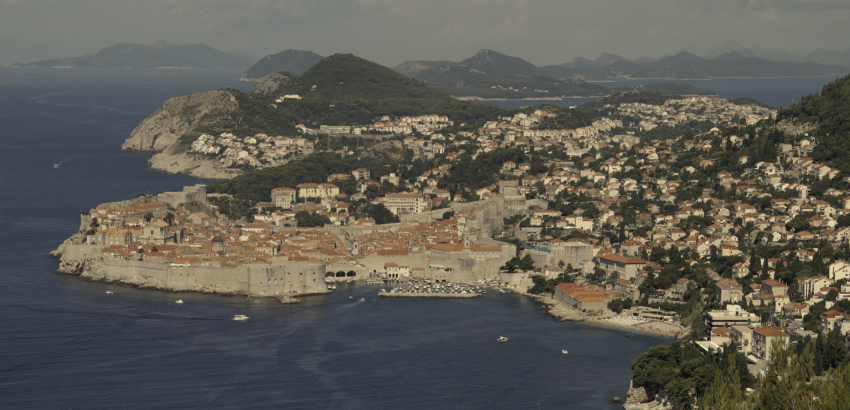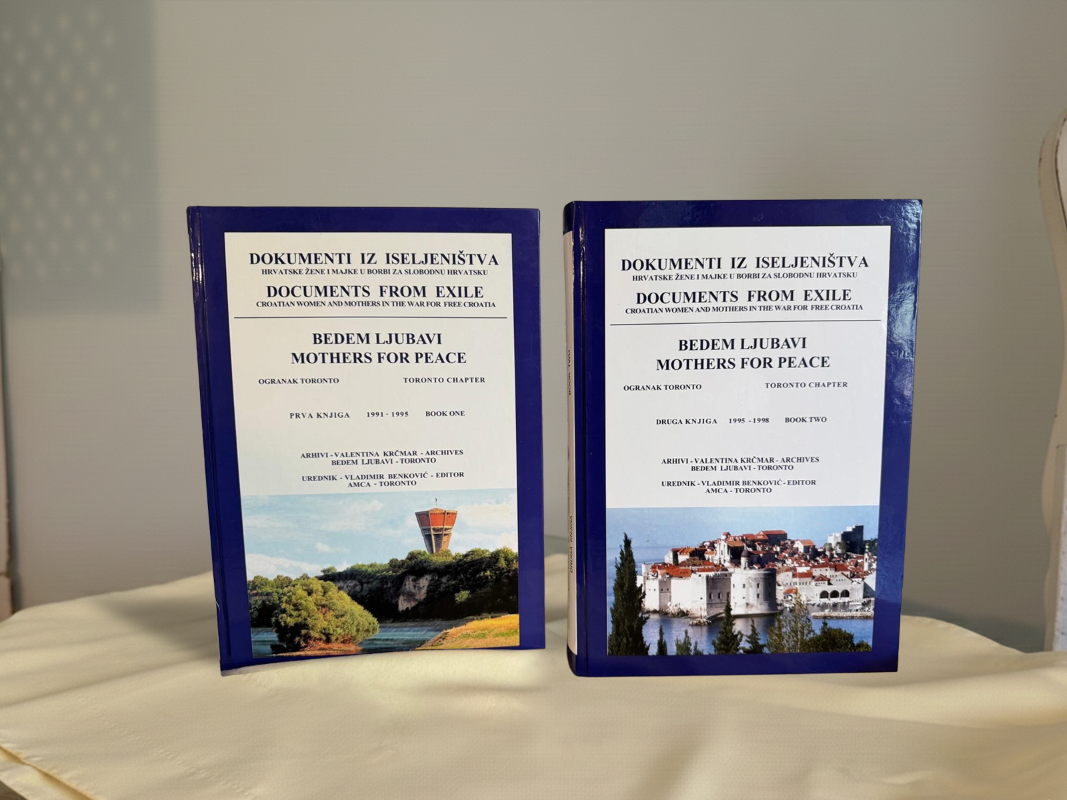
In 1990, Croatia stood at a turning point. After decades under Yugoslav rule, the winds of change were sweeping across Eastern Europe — and Croatia was no exception. The desire for national identity and independence began to clash with the growing fear and resistance among the country’s Serb minority, setting the stage for one of the most defining conflicts in modern Croatian history.
April 22 & May 6 – First Multi-Party Elections in Croatia
For the first time since World War II, Croatia held multi-party elections, a monumental step toward democracy and self-determination. The Croatian Democratic Union (HDZ), led by Franjo Tuđman, emerged victorious. Tuđman’s platform called for greater autonomy from Yugoslavia, appealing to those who longed for independence after years of centralized control from Belgrade.
July 25 – Serbian Insurrection Begins
Not everyone welcomed Croatia’s new direction. Ethnic Serbs, particularly in the Krajina region, rejected the authority of the Croatian government. In Knin, the Serbian National Council declared “Serbian autonomy” within Croatia — a symbolic but explosive act that marked the beginning of organized resistance to Croatian sovereignty.
August – The Log Revolution
By August, tensions had escalated into direct defiance. Serbs in Krajina erected road barricades made of felled logs, blocking access to Croatian authorities and police. This event became known as the Log Revolution — a name that captured both the rural simplicity of the act and the profound political consequences it triggered. It was a clear message: the region would not submit to Croatian rule.
December 21 – SAO Krajina Declared
As the year drew to a close, defiance hardened into secession. On December 21, Serbs in Krajina proclaimed the formation of the Serbian Autonomous Oblast (SAO) Krajina, a self-declared entity rejecting the legitimacy of the Croatian government. With this declaration, the path to open conflict was set.
ith this declaration, the path to open conflict was set.
